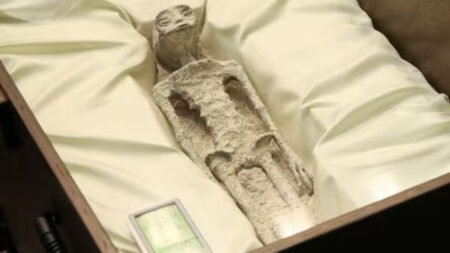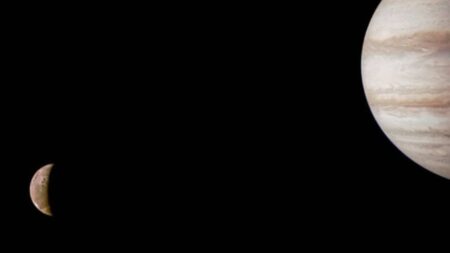Following its undocking from the Harmony module’s space-facing port, the SpaceX Dragon cargo craft is seen leaving the vicinity of the space station.
On Wednesday, SpaceX announced that its Dragon cargo spacecraft had successfully returned from the International Space Station and splashed down off the Florida coast. The company’s 26th contracted mission to resupply the space station for NASA came to an end at 5:19 a.m. EST off the coast of Tampa, Florida, with the pilotless Dragon cargo spacecraft splashing down.
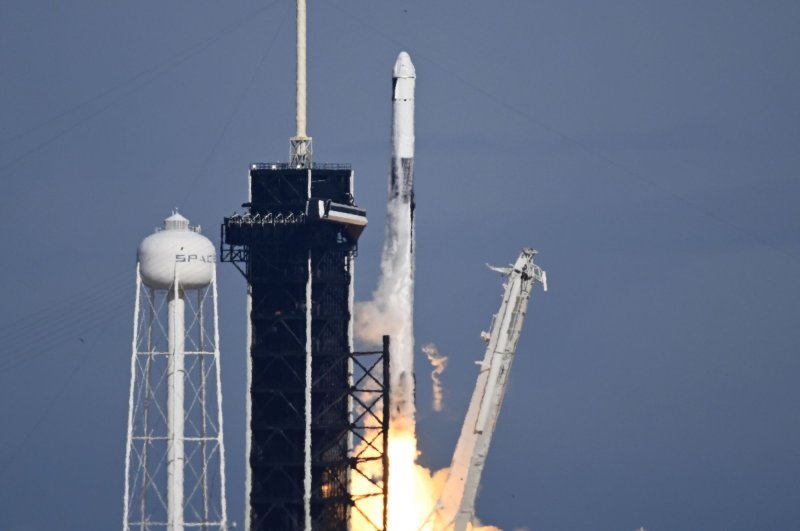
SpaceX Dragon Cargo
On schedule Monday at 5:05 p.m. EST, a crewless Dragon spacecraft separated from the International Space Station (ISS) (2205 GMT). According to NASA commentators during a live stream of the event, the two spacecraft were passing over an area to the southeast of Manila, the capital of the Philippines, at a height of 258 miles (415 kilometers) at the time.
The company tweeted, “The critical science aboard Dragon will be transported via helicopter to Kennedy Space Center and provided to researchers once Dragon has been retrieved by SpaceX’s recovery team.”
On Nov. 26, the Dragon launched atop a SpaceX Falcon 9 rocket carrying roughly 7,700 pounds (3,500 kilograms) of cargo to the International Space Station. Two new International Space Station Roll Out Solar Arrays (iROSAs), which were installed by NASA astronauts during two spacewalks last month, were among this equipment.
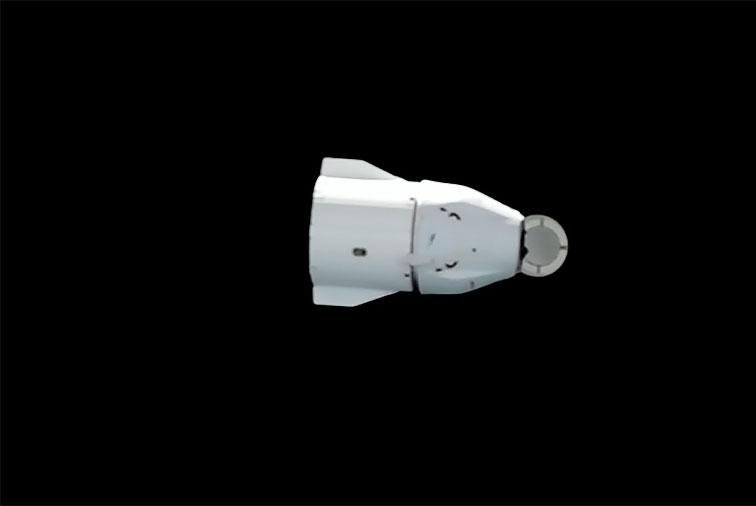
About a month ago, the capsule arrived at the ISS with about two tonnes of supplies and equipment for scientific research. Along with eight CubeSats from teams in Brazil, the United States, Canada, Italy, and Taiwan that will later be deployed outside the space station, it also delivered holiday food for the astronauts currently residing there.
About 4,400 pounds of scientific experiments and other cargo were returned to Earth by the spacecraft, along with high-pressure oxygen and nitrogen gas tanks that will be refilled on the planet for a subsequent launch.
A catalytic reactor for the life support system of the space station, a pressure control and pump assembly for the urine processing system, a mass spectrometer, multi-filtration beds for the station’s water processor, potable water dispenser filters and hydrogen sensor, are also part of the cargo that is now safely back on Earth’s surface. The equipment will be restored so it can eventually be sent back to the International Space Station.
The objective of Dragon Cargo
This mission, known as CRS-26 because it was SpaceX’s 26th robotic resupply flight to the ISS, also included a number of scientific experiments. For instance, one investigation is studying off-Earth food production by growing dwarf cherry tomatoes on the orbiting lab, while another is carrying out ongoing work with 3D-cultured heart tissue in microgravity.
Scientists are bringing back a variety of hydroponic and aeroponic plants so they can assess various seed germination and maturation techniques. Future space missions could use similar methods to grow crops.
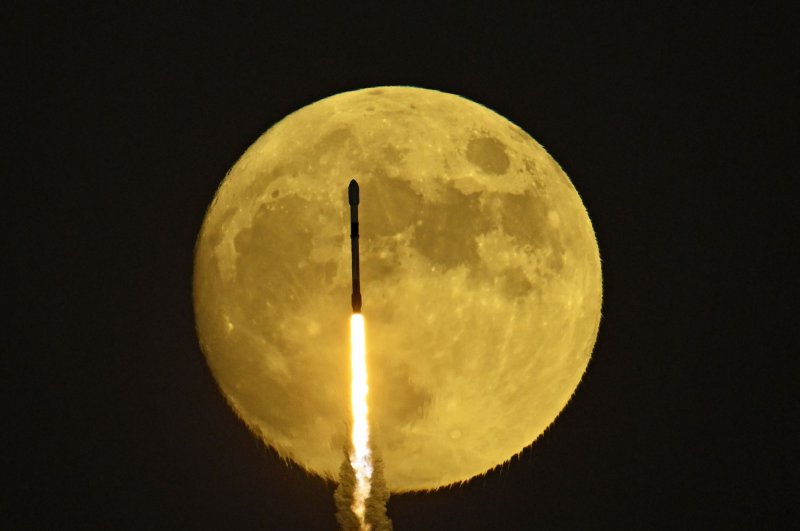
It’s the only Dragon that has this return ability. The other two resupply ships that are currently in use for the ISS, the Progress spacecraft from Russia and the Northrop Grumman Cygnus vehicle, are intended to burn up in Earth’s atmosphere once they have completed their mission.








